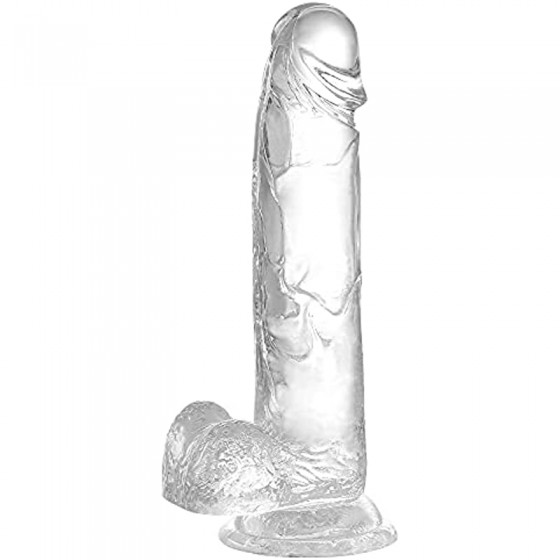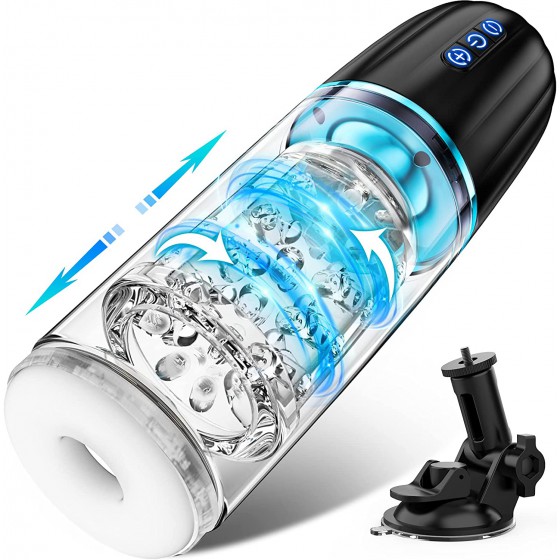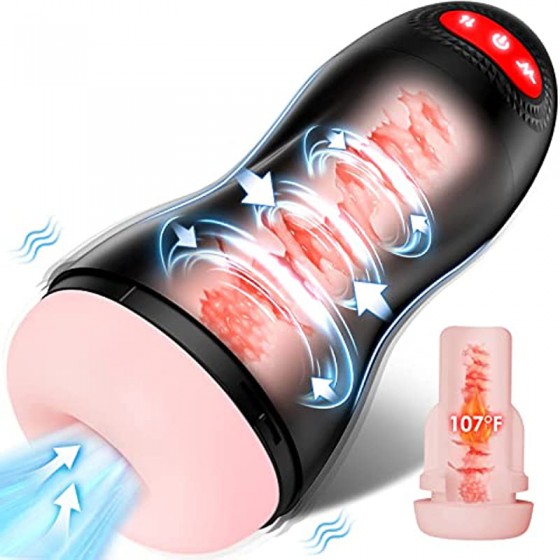Beware of a one-night stand!
Beware of one-night stands
Chancroid is a rare sexually transmitted disease, known as the third sexually transmitted disease. It is mainly transmitted through sexual contact, and chancroid is extremely transmissible. In the past, its incidence rate was second only to syphilis and gonorrhea. Now due to the widespread use of HIV, it has become a rare disease. However, there are still many cases reported across the country, and one-night stand is the most common way of transmission.
Experts pointed out that after a one-night stand, men often develop strange genital problems, and the examination results are diagnosed as "chancre". Chancroid mostly occurs in the vulva, and in men it mostly occurs in the coronal sulcus, foreskin, glans, and foreskin frenulum. In women, it mostly occurs in the labia, vulva, and posterior symphysis. It can also be seen on parts other than the vagina, such as fingers, lips, tongue, etc.
Symptomatic diagnosis of chancroid
(1) Incubation period: 2-3 days on average. Most cases develop within about 1 week, and sometimes a few cases develop symptoms several weeks later. Women generally have milder symptoms than men, and the incubation period is longer.
(2) Characteristics of chancroid: initial onset is inflammatory papules on the external genitalia. After 24-48 hours, pustules will form quickly. After 3-5 days, the pustules will rupture and form ulcers with clear boundaries. The ulcer is round or oval in shape, with a jagged edge, a latent turbidity at the lower edge, and an inflammatory redness around it. There is yellow lard-like purulent fur at the bottom of the ulcer, which is covered with a lot of purulent secretions. When the purulent fur is peeled off, bleeding can be seen. The pain is noticeable. If tender on palpation, this is called chancre.
(3) Site: The number of chancre is only 1-2 at the beginning. Because you can inoculate yourself, new lesions may appear nearby. Chancroid mostly occurs in the vulva, and in men it mostly occurs in the coronal sulcus, foreskin, and foreskin frenulum. In women, it mostly occurs in the labia, vulva, and posterior symphysis. It can also be seen on parts other than the vagina, such as fingers, lips, tongue, etc.
(4) Transverse hemorrhage: swollen lymph glands located in the lesion. And 50% of patients develop ulcers within a few days to two weeks. The injuries are mostly on one side (especially the left side) and are more common in men than women. Call this horizontal wound.



















